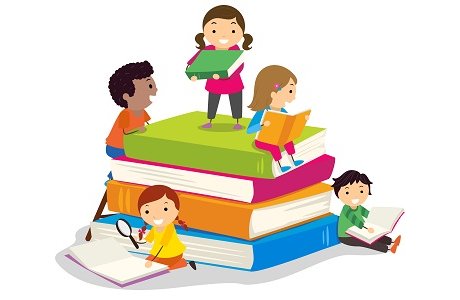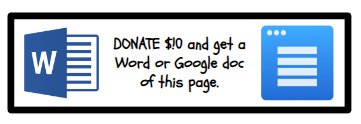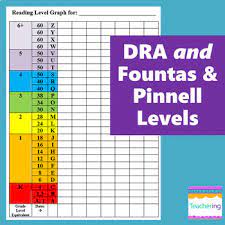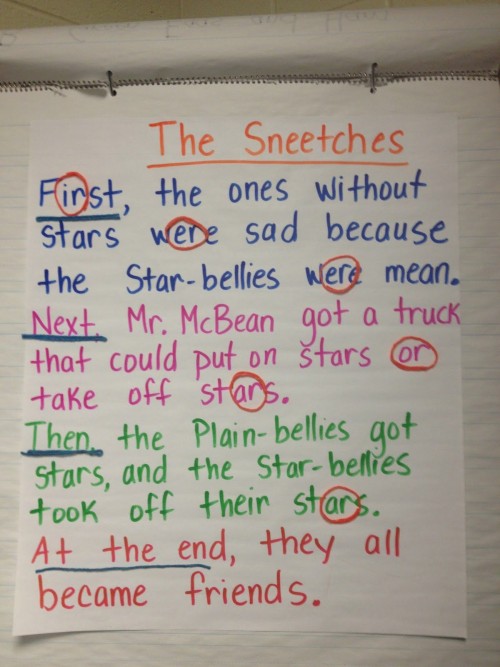


This page will tell you about six different approaches to reading instruction: phonics, guided reading, sight word, linguistic, language experience, and multisensory.
The best way to teach reading is through systematic phonics with decodable texts. Listen to the podcast, Sold a Story, to find out more!
The Phonics Approach
THIS IS THE MOST EFFECTIVE WAY TO TEACH READING! Get my 900 Pages of Decodable Texts and see my links to free decodable stories.
| ReadingTask Emphasized | Decoding – translate letter symbols into speech sounds. |
| Motivational Approach | Increased skill in decoding printed words. |
| Decoding Approach | Synthetic – begins with individual speech sounds and builds into words. |
| Story Content | Stories are based on the sounds of the words being learned. |
| Vocabulary Selection | Words are selected for their phonic regularity and phonics rules. |
| Vocabulary Difficulty | Phonetically regular words with short vowel sounds are considered the most accessible, and phonetically irregular words are the most difficult. |
| Mode of Response | Emphasis on oral reading (some programs require a moderate amount of writing). |
| Structure and Completeness | Varies with the program from very structured to more teacher-developed. |
The Guided Reading Approach
DO NOT TEACH THIS WAY. Listen to Sold a Story!
| ReadingTask Emphasized | Comprehension – understanding the meaning of the printed words. Students are directly taught strategies for both decoding and comprehension, emphasizing comprehension. |
| Motivational Approach | Increased proficiency in reading and comprehending texts using various strategies. Books at all levels are inviting and engaging. |
| Decoding Approach | Analytic – emphasis on context clues, structural analysis, configuration clues, and Synthetic – begins with individual speech sounds and builds into words. Students are taught a variety of strategies to decode. |
| Story Content | Stories are interesting and increase in length and difficulty as the levels rise from A-Z. Students read REAL literature, even in kindergarten. |
| Vocabulary Selection | Words selected to be taught are generally Tier 2 words. These words appear in various texts and mature language users’ written and oral language. |
| Vocabulary Difficulty | Words whose meanings the children are most likely to know are most accessible; words not in their speaking vocabularies are considered most difficult. In many cases, vocabulary is pre-taught if the words cannot be figured out in context. Words with the most common spelling patterns (CVC, CVCe) are considered the most accessible; inconsistent and irregular spelling patterns are the most difficult. |
| Mode of Response | Whisper and silent reading are emphasized over oral reading. Lots of book discussions rather than interrogation. |
| Structure and Completeness | Considered a complete program, but there is no formal guide; it is teacher-developed. I recommend reading the CAFE book by Gail Boushey and Joan Moser and exploring Fountas and Pinnell’s materials.
|
More on Guided Reading
How to Teach a Guided Reading Group | Mrs. Judy Araujo, M.Ed., CAGS (mrsjudyaraujo.com)
Guided reading falls under the Fountas and Pinnell cueing system method, which is now frowned upon. Students do NOT sound out words when they are stuck; instead, as students read, you ask them to figure out unknown words by looking at the picture, looking at the beginning letter sound, thinking about what would look right/sound right/make sense or skipping the tricky word/reading on/going back. This makes reading a guessing game.
According to Gail Boushey and Joan Moser of the CAFE Book, there are 5 goals to accomplish in guided reading:
- CAFE ~ C is for Comprehension.
- A is for Accuracy.
- F is for Fluency.
- E is for Expanding Vocabulary.

The Sight Word Approach
The Sight Word Approach is the old basal readers from the ’70s and ’80s ~ the big textbook with the corresponding workbook such as Dick and Jane.
See my FREE sight word stories!
| ReadingTask Emphasized | Comprehension – discovering the meaning of printed words. |
| Motivational Approach | Enjoyment of the story content and its relationship to the children’s lives. |
| Decoding Approach | Analytic – emphasis on context clues, structural analysis, and configuration clues. |
| Story Content | Stories are related by a central group of characters involved in typical childhood experiences. |
| Vocabulary Selection | Words are selected based on their frequency of use by typical children in each age group. |
| Vocabulary Difficulty | Words whose meanings the children are most likely to know are most accessible; words not in their speaking vocabularies are considered most difficult. |
| Mode of Response | Silent reading is emphasized over oral reading; there is little writing. |
| Structure and Completeness | They are usually offered as a complete program, including a detailed teacher’s guide and many supplementary materials. |

The Linguistic Approach
These are predictable stories; patterns can be seen in words and stories.
| ReadingTask Emphasized | Decoding – translating printed words into spoken language. |
| Motivational Approach | Increased skill in reading words. |
| Decoding Approach | Analytic – begins with the spelling pattern of the whole word; students discover relationships between spelling patterns and speech sounds. |
| Story Content | The spelling pattern of words relates to stories. |
| Vocabulary Selection | Words are selected based on their spelling pattern. |
| Vocabulary Difficulty | Words with the most common spelling patterns (CVC, CVCe) are considered the most accessible; inconsistent and irregular spelling patterns are the most difficult. |
| Mode of Response | Emphasis on oral reading; generally low amount of writing. |
| Structure and Completeness | Highly structured and marketed as a complete reading program. |
The Language-Experience Approach
This is based on the child’s language. Preschool, kindergarten, and grade 1 teachers can easily add this to their day.
| ReadingTask Emphasized | Comprehension – understanding the meaning of the printed word. |
| Motivational Approach | Enjoyment of story creation and story content. |
| Decoding Approach | Analytic – begins with the whole word and gradually works back to letters and syllables; emphasis is on context clues with other decoding skills. |
| Story Content | The students write stories based on their shared experiences. |
| Vocabulary Selection | No selection; vocabulary is based on the students’ spoken language. |
| Vocabulary Difficulty | Words most common in the children’s speaking vocabulary are considered most accessible; those not in the children’s speaking vocabulary are considered most difficult. |
| Mode of Response | Silent reading first, then oral with a high amount of writing. |
| Structure and Completeness | Considered a complete program with a low amount of structure. |

The Multisensory Approach
Wilson and Orton-Gillingham are multisensory programs used in special education. Students learn using more than one sense at a time. Multisensory involves the use of visual, auditory, and tactile pathways. Learning becomes faster and easier when several brain parts record the same fact.
| ReadingTask Emphasized | Decoding – translate letter symbols into speech sounds. |
| Motivational Approach | Increased skill in decoding printed words. |
| Decoding Approach | Synthetic – begins with individual speech sounds and builds into words with a strong emphasis on motor feedback. |
| Story Content | Stories are related to the sounds and motor patterns being learned. |
| Vocabulary Selection | Words are selected by their phonic regularity and the phonics rules they follow. |
| Vocabulary Difficulty | Phonetically regular words with short vowel sounds are the easiest, while phonetically irregular words are the most difficult. |
| Mode of Response | Emphasis on writing and other motor activities and oral reading. |
| Structure and Completeness | Highly structured programs often paired with other reading programs. |
Copyright 08/18/2012
Edited on 03/05/2024
Copyscape alerts me to duplicate content. Please respect my work.

![]()







